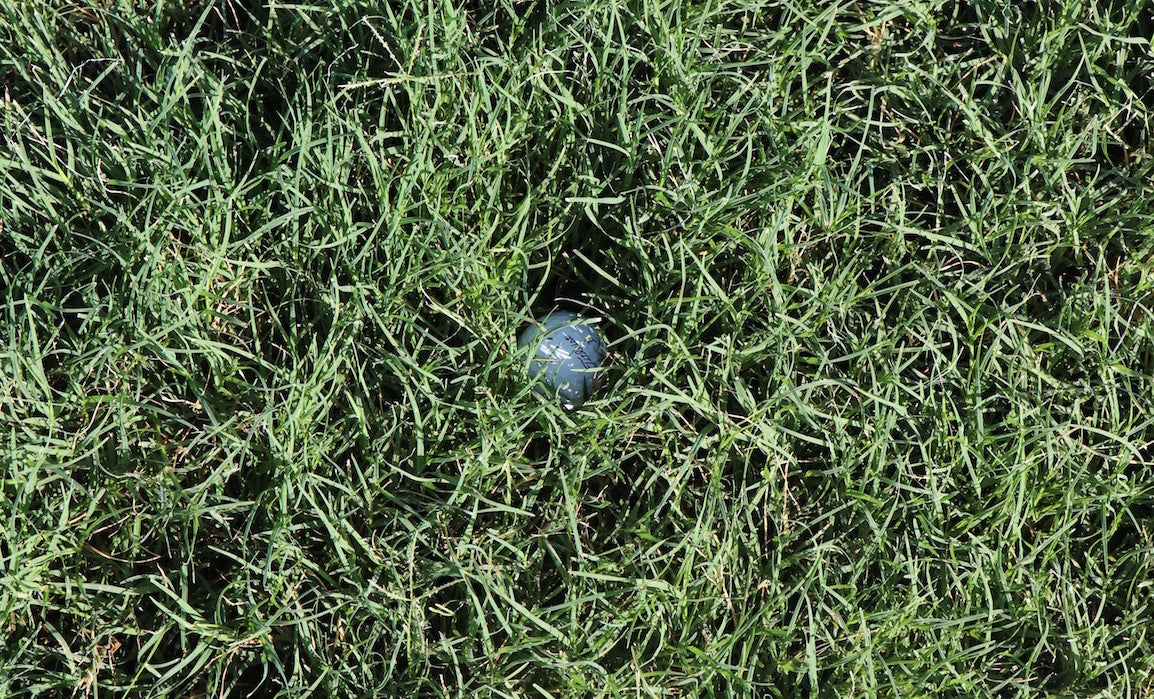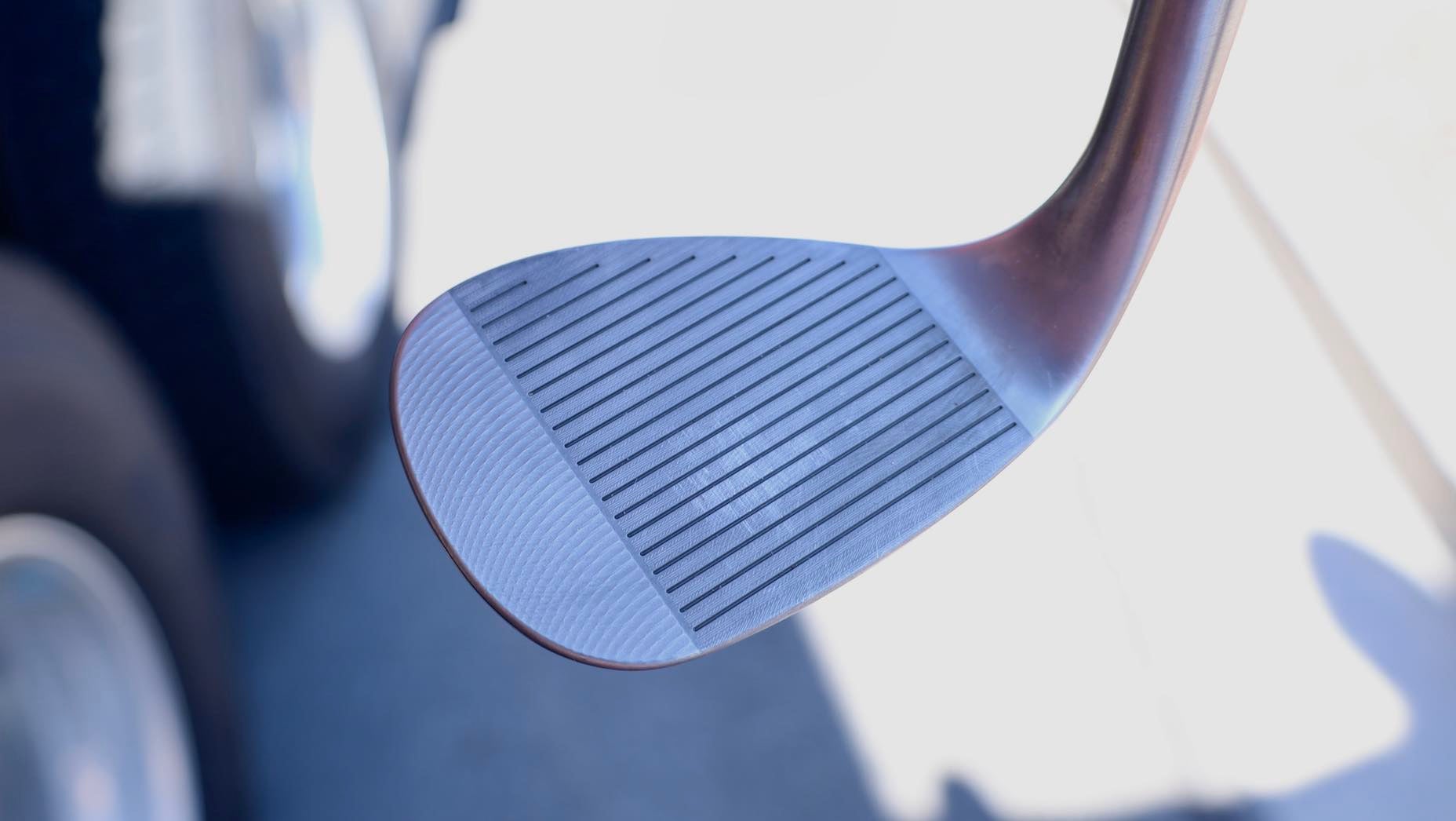5 *other* ways golf could curb the distance boom | Fully Equipped Mailbag

Modifying the ball isn't the only way to keep distance in check.
Getty images
Welcome to another edition of the Fully Equipped Mailbag, sponsored by Cleveland/Srixon Golf, an interactive GOLF.com series in which we field your hard-hitting gear questions.
Is the ball really what needs to be rolled back? There’s gotta be another way. – Thomas W., Oregon
No kidding, Thomas. In case you haven’t heard the news about the latest in potential golf ball rules bifurcation, you can read about it here, here, and here. You can even listen and learn more about it here. Phew, it’s a lot to take in and, like you, we can’t help but wonder why the USGA decided to pick on the ball as a means to quell the distance boom and to preserve the integrity of average-to-shorter length courses.
We get the reasons for it, and we also want to see golfers have to strategize — as opposed to simply overpowering courses. But is the ball really the problem? Is there anything else that could be done to scale back yardages?
We’ve come up with five alternatives that may or may not be better avenues to take to ensure top golf competitions are still played on classic layouts without any need to build new tee boxes and stretch golf-course real estate beyond the bounds of reasonability.
1. Lower the CT limit
Remember when a driver’s coefficient of restitution (COR) was all equipment geeks like us could talk about? In case you forgot, COR is the measurement of energy transfer when two objects collide, and for a long time, the maximum allowable transfer of energy (assuming 1.00 is a perfect energy transfer) was 0.830. It was tested by launching a ball out of a cannon and measuring the energy (or speed) of the ball as it rebounded off the face. The USGA and equipment companies have since moved on to what’s called a characteristic time (CT) test, which uses a steel ball on a pendulum to record how long the ball and face stay in contact with one another. The longer the face sticks to a ball, the more springy it is, and right now, the maximum CT for any club is 257 microseconds. A simple fix to reduce bombs with the driver is to require an even shorter CT time to reduce springiness, which would reduce overall distance.
2. Scale back the 460cc limit and deep/low CG locations
Most modern-day drivers are 440-460cc in size, making them easier to wield and swing at full speed. If we scaled the maximum allowable size to something like 360cc, that 100cc difference would force players to make slower and more controlled swings to ensure solid contact (maybe!). The same could be said of CG locations. The further forward and higher the CG, the less forgiving the driver will be, likely forcing players to dial back their swing speeds to keep the ball in play.
Srixon ZX5 MKII Driver
3. Reduce the allowable shaft length
Here’s a simple one that the USGA has already tried: Reduce the maximum allowable length from 48-inch drivers to something like 44- or even 42-inch. Granted, in 2022, the USGA created a Model Local Rule that allowed tournament organizers to cap lengths at 46 inches, but obviously, that did little to change how far the longest players can smash it.
Simply cutting down one’s shaft length to something more draconian like 42 inches will lessen a player’s tee shot by at least 20 yards or more. Problem solved.
4. Cut fairways in half and grow more rough

While narrowing fairways may make the game more challenging, it’s no fun to watch Tour players miss the short stuff and be forced to pitch out of deep rough. Instead of narrowing fairways, perhaps shortening them could be a better solution to reduce the incentive for hitting longer tee shots. For example, ending fairways at 300 yards and strategically placing more bunkers, hazards and deep rough in areas where long hitters land the ball could make hitting long and straight drives more penalizing. After all, who said fairways have to stretch from tee to green? Breaking them up with rough or hazards/bunkers would make the game more interesting and strategic, without compromising the integrity of some of the world’s most cherished courses that have no more room to stretch out.
5. Ditch the tees (no, really!)

Our own Dylan Dethier floated this idea, and even though it may seem silly at first, the more you think about it, the more it could work. Eliminating tees would instantly curtail distance off the tee and prevent golfers from achieving that high-launching, low-spinning, long-flying ball flight that every long hitter has. Ditching tees would also greatly increase spin, making it much tougher to hit the long ball.
Want to overhaul your bag for 2023? Find a fitting location near you at GOLF’s affiliate company True Spec Golf. For more on the latest gear news and information, check out our latest Fully Equipped podcast below!












